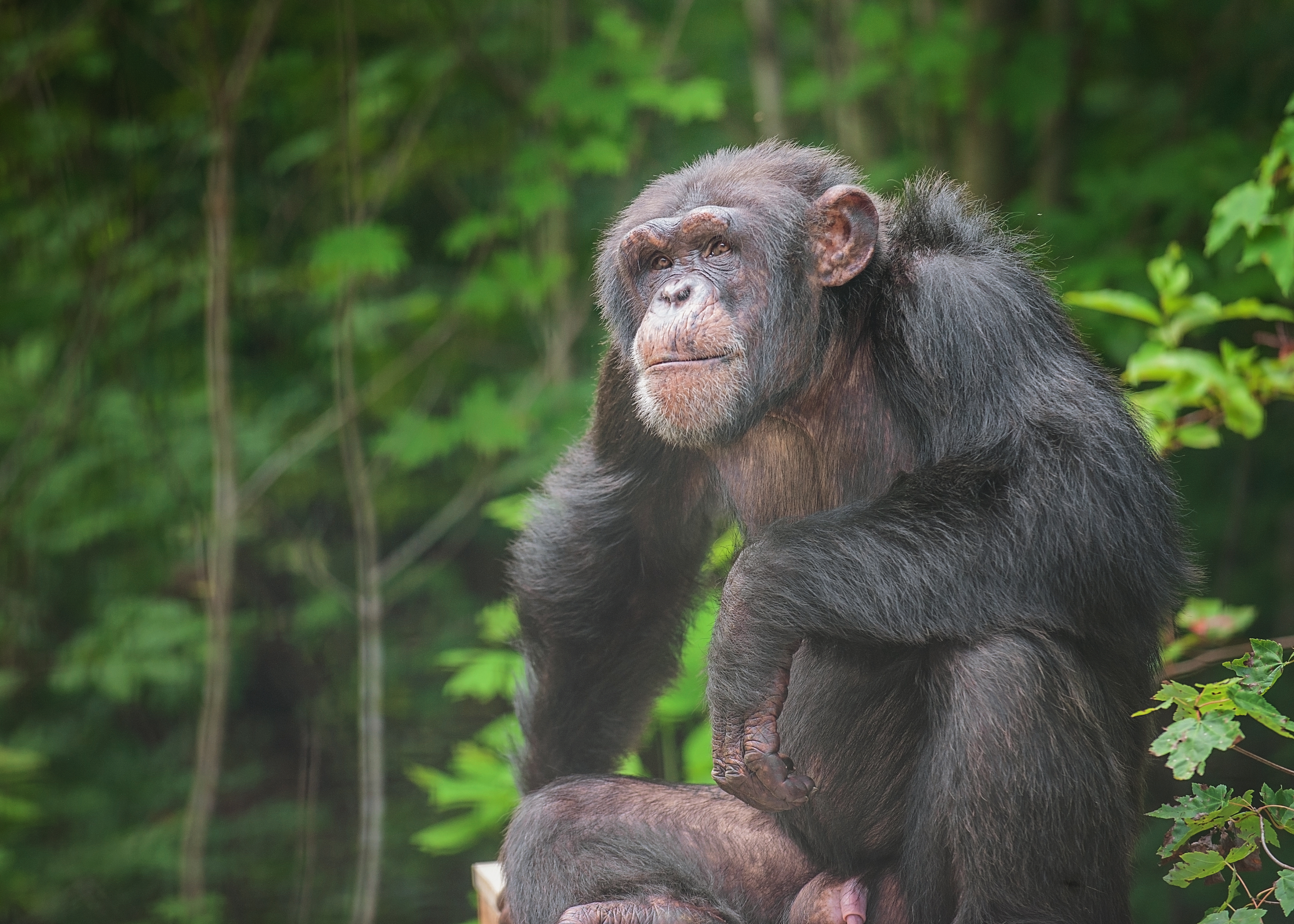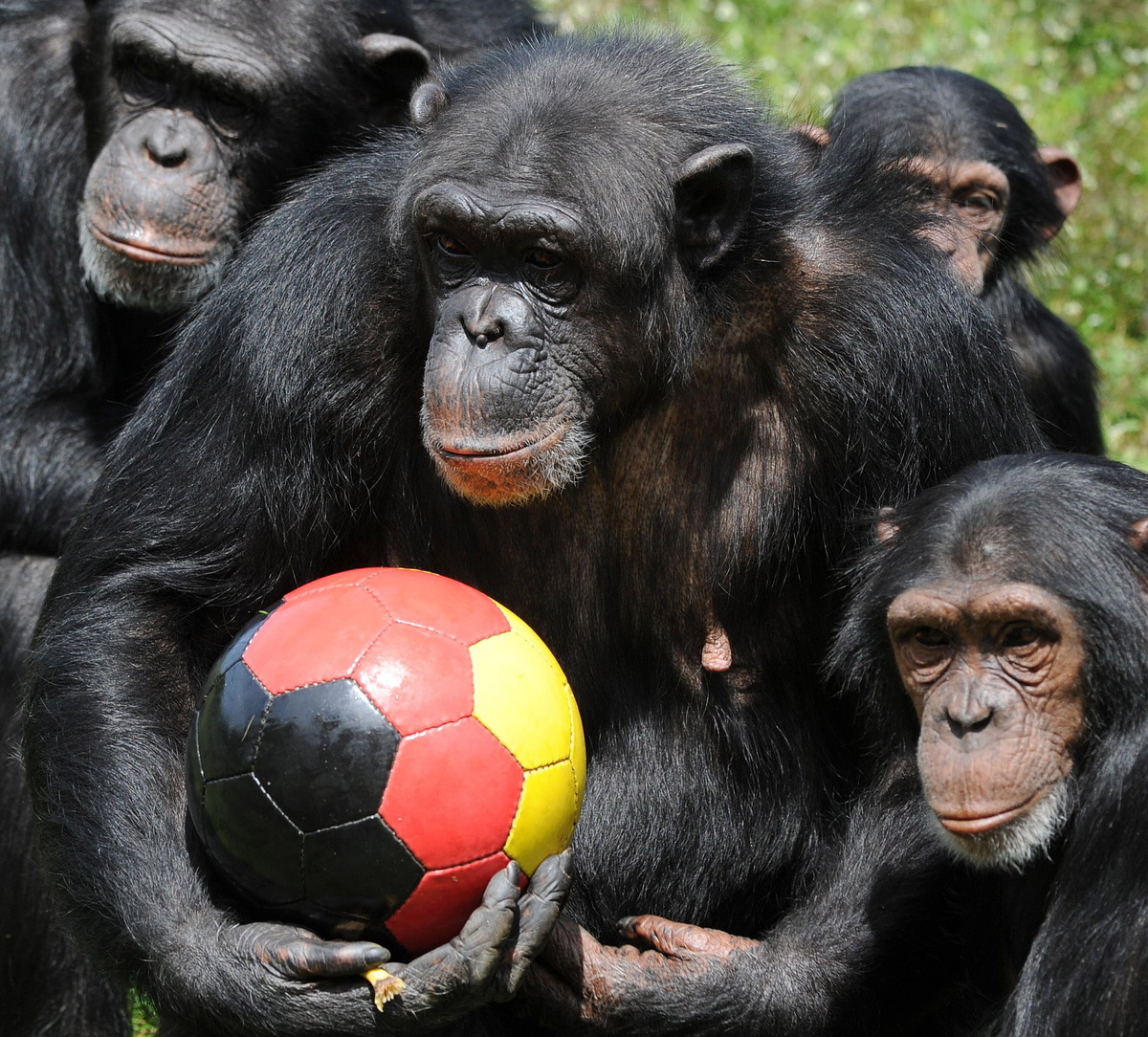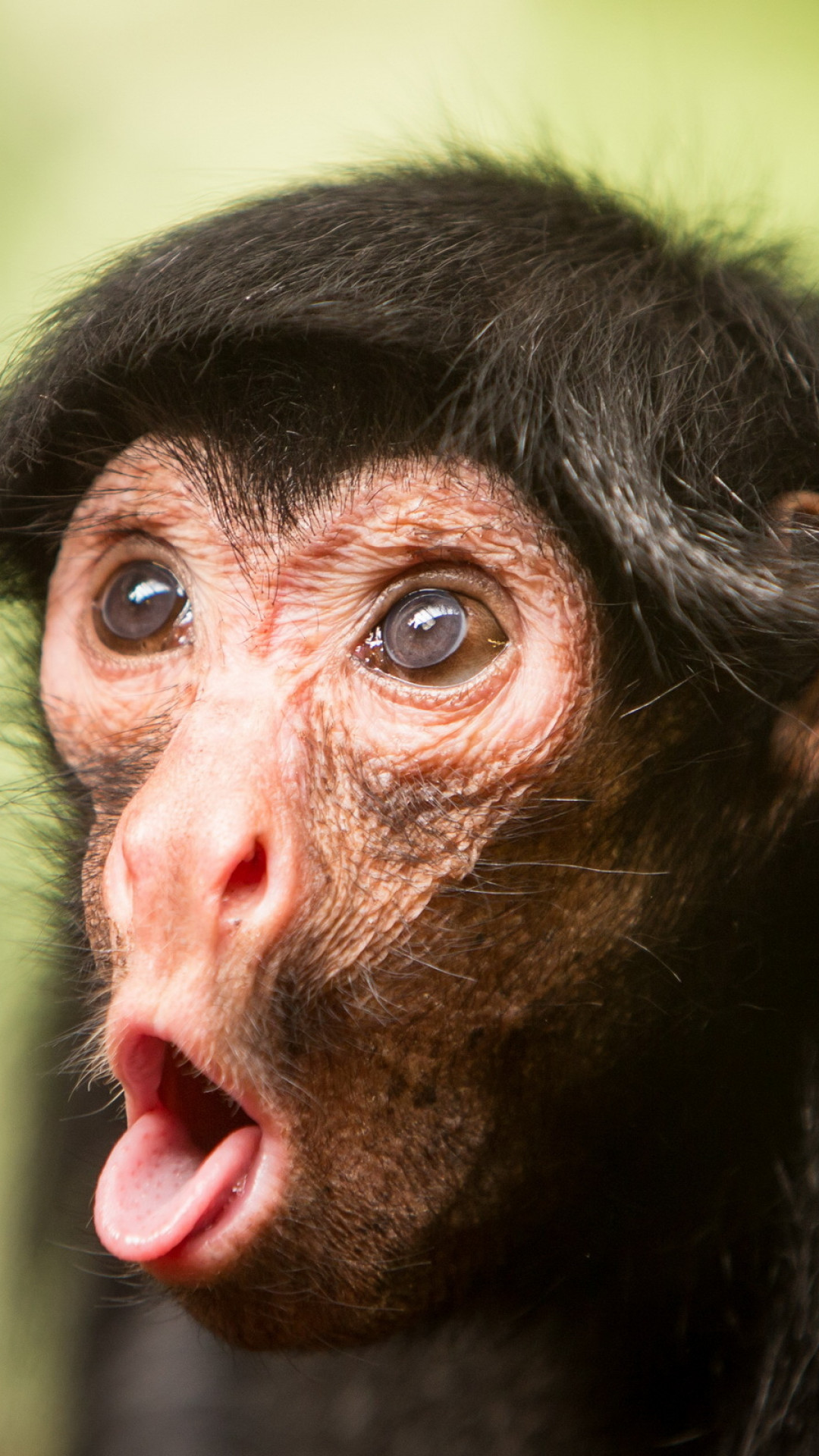


This page is part of the Active Wild Endangered Animals series. I would hope that one of the lessons that we learned from Nim's life is that keeping chimpanzees in cages is torture and really plays havoc on their mental health.Chimpanzee information, with pictures, facts and video. Chimpanzees in captivity is just not where they ought to be. So my own personal need to hang out with Nim or walk with Nim wasn't as important to me as doing the right thing for Nim. "What he needed at that point was to be with other chimps," Ingersoll says. Ingersoll later helped rescue Nim from the research facility, and the chimp was moved to a ranch for abused animals.

Ingersoll and Nim spent much of their time together, until Nim was once again moved, this time to a medical research laboratory. Although we were familiar with chimpanzees that did things like drinking and smoke cigarettes and that sort of thing, I'd never had a chimpanzee request weed from me. "He actually signed 'stone smoke time now' to us first," Ingersoll says. While taking long walks around the grounds of the primate facility, Ingersoll occasionally smoked pot with Nim, who had been introduced to marijuana in New York City and even appeared in the magazine High Times in 1975. Signing, Singing, Speaking: How Language Evolved Aug. "He did for me the same thing that I think that I did for him, which was make him feel comfortable and certain and familiar with the situation." "It was easy to hang out with him," he says. He says the chimp was never aggressive around him - and quickly became one of his good friends. Ingersoll immediately began using sign language with Nim to comfort him.

we were really worried about Nim and we spent quite a lot of time with him, making sure he was eating and drinking and not being picked on by the other chimps." "You could read through his facial expression and his body language," Ingersoll says. Ingersoll is now the president of Mindy's Memory Primate Sanctuary.īob Ingersoll: 'Keeping Chimpanzees In Cages Is Torture'īob Ingersoll, a graduate student at the University of Oklahoma, was working as a research assistant at the primate facility and met Nim on his first day. But at the same time, there was kind of a normalcy about it in that he was just included in the family right away."īob Ingersoll (left) spent nine years with Nim, the subject of an experiment to see if apes could communicate with humans using sign language. "He needed diapers, he needed bottles, he needed feedings," Lee recalls. She says her mother grew quite attached to the chimp, even breastfeeding him throughout his stay at their house. Jenny Lee, who was 13 years old at the time, remembers her mom, Stephanie LaFarge, raising Nim alongside her and her siblings. The first family to take Nim in lived on the Upper West Side of Manhattan in a giant brownstone. Jenny Lee: 'He Was Just Included In The Family' And the wild animal comes out in him very quickly, and was prepared for that." "And it was quite striking that there wasn't an investigation into what chimpanzees actually were or what they're like. "The premise of the experiment was to treat him as much like a human child as possible and to give him the nurturing of a human child in order he would behave like one," Marsh says. Marsh and two of the people who worked with Nim join Fresh Air's Terry Gross for a discussion about the film and about the controversial experiment. Nim and the many people who raised him over the years are the subjects of James Marsh's new documentary Project Nim. He was sent to a medical research facility, where he lived in a cage with other chimps for the first time in his life, before being rescued and sent to an animal sanctuary. At that point, researchers said he knew more than 125 ASL signs - but no one knew quite what to do with Nim. In 1977, Nim attacked one of the people taking care of him, and the experiment ended. It was decided that the family could no longer care for Nim, and he was shuffled from caretaker to caretaker for several years.
#CHIMPANZEE IMAGES HOW TO#
He learned some very basic words in American Sign Language, but Nim continued to act like a chimp - he bit the children in the house and didn't understand how to behave like a human child. The goal of the project was to see if the animal, named Nim Chimpsky, could be conditioned to communicate with humans if he was raised like a human child in a human household. In 1973, an infant chimpanzee was taken from his mother's arms and sent to live with a human family as part of a Columbia University psychology experiment.


 0 kommentar(er)
0 kommentar(er)
